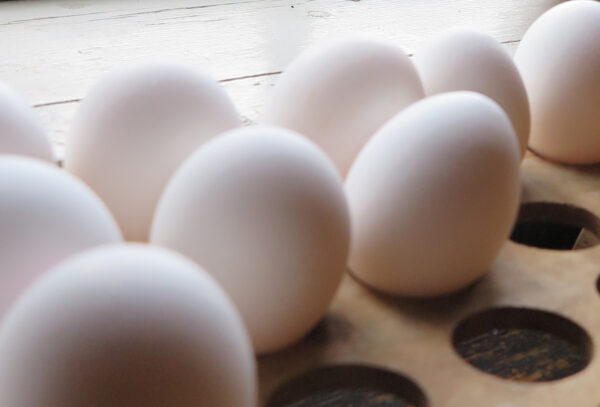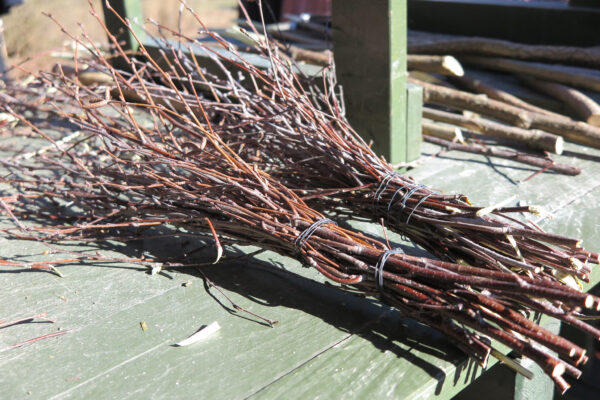Easter Holidays at Skansen
If you visit us at Easter, you can see how people have celebrated, eaten and decorated their homes at Easter over the years in several of Skansen’s houses.
Historical exhibitions
-

Easter in Oktorp Farmstead
A gloomy Good Friday in the 1870s. Step inside and learn more about customs, folk beliefs and Easter food in the Halland region during this time.
-

Easter in the Post office
A Maundy Thursday in the 1910s. The post office manager Per August Nilsson and his wife Anna Sophia are busy sorting and handing out Easter cards to the people of Virserum town!
-

Easter in Skåne Farmstead
An Easter Eve in the 1920s. Here we get to meet the Åkesson family who lived on the farm and see how the table is set with Easter food.
-

Easter in the Ironmonger's home
Easter Sunday in the 1930s. The ironmonger family prepares an Easter party for friends with table decorations and food belonging to the Easter Day celebration.
For children
-

The Cackle club
12.30 (20 min) at Skåne Farmstead our zoo keepers teach you about chickens and eggs.
-

All about eggs
11.00–16.00
Lots of animals lay eggs, not only chickens. Learn more at the Children’s zoo
-

Facial painting
Become an Easter witch or bunny at the Brage Hall
-
April 17

Make your own broom!
All witches need a broom, make your own one at the Brage Hall
Don't miss
-

Storytime at Back Mats Cottage
Listen to exciting tales of Easter witches, enchantresses and other magical creatures. 11:00-13:00 and 14:00-16:00.
-
April 18–19

Ukrainian egg painting (pysanky)
At the Brage Hall you can discover how to paint beautiful, decorative eggs according to Ukrainian Easter traditions. Take the opportunity to have a go for yourself!
-

Try blacksmithing
12-16 April. At the Bollnäs square you can try out blacksmithing. Chose your prefered pendant and give it a try! Book a time at site, 200 SEK

Påsken är över för i år, snart kommer nya datum för nästa år